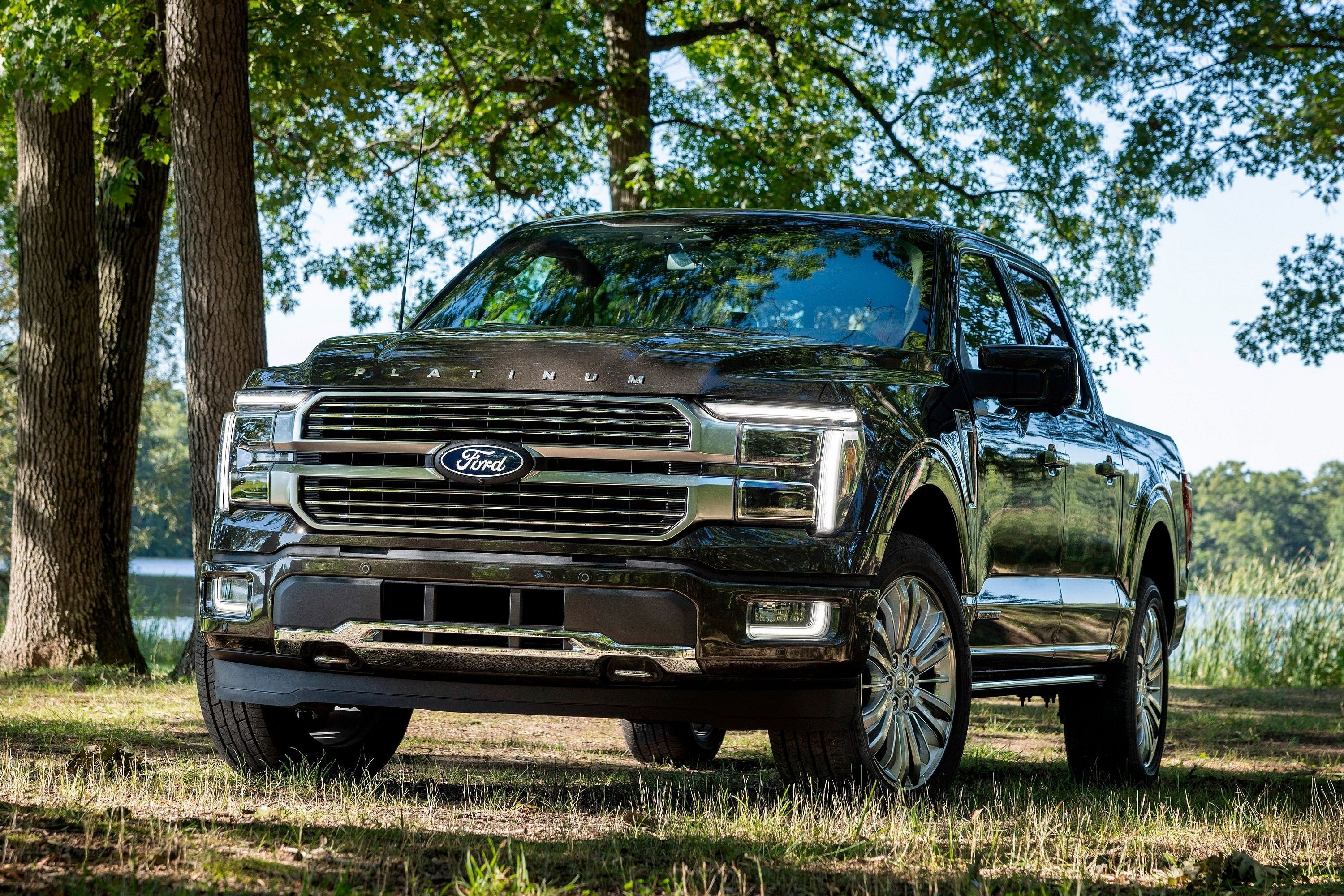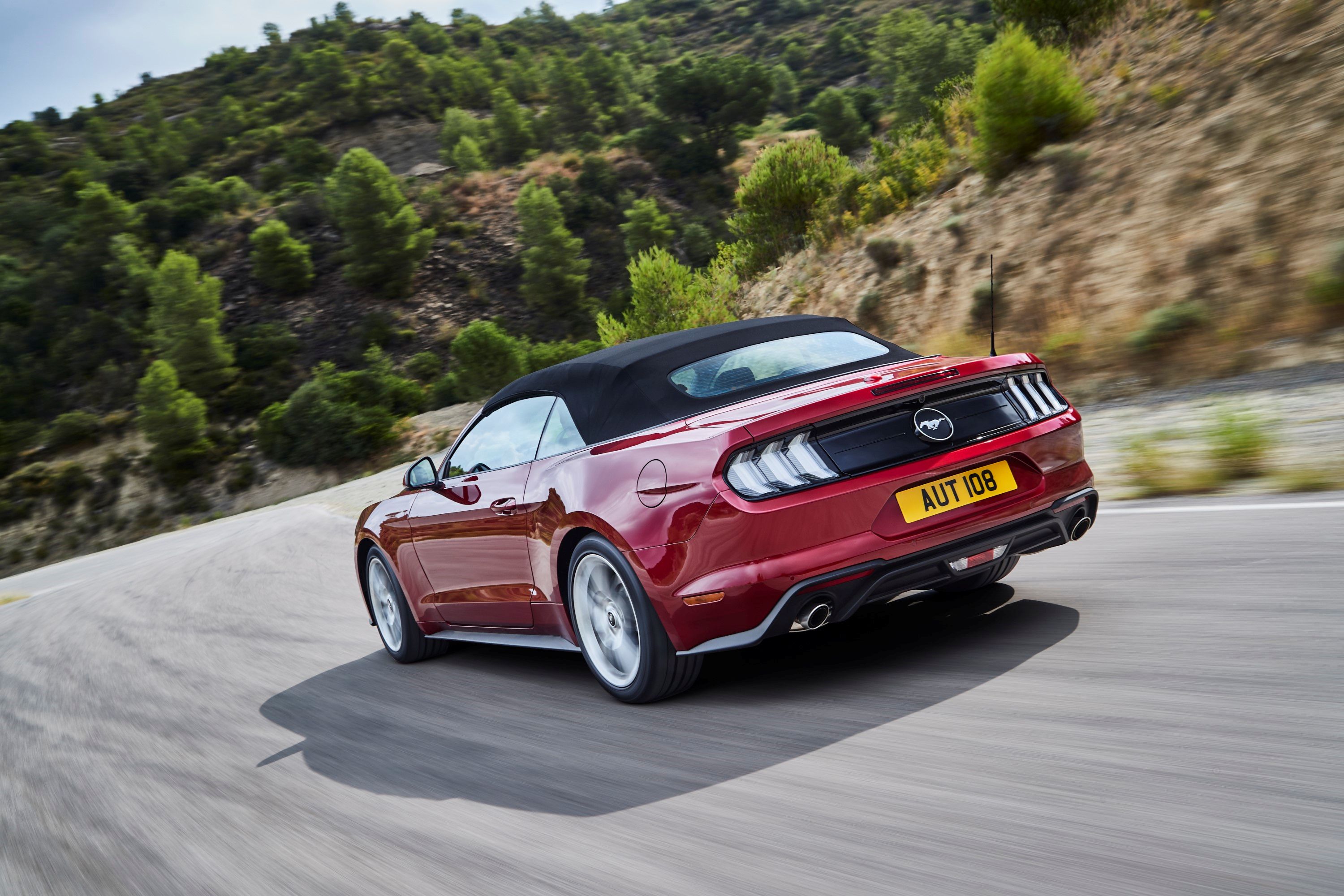
With automakers continuously coming up with new and cross-bred vehicle designs, shoppers today are presented with a variety of different car body styles. In the USA, there are at least ten main classifications, including sports cars, sedans, coupes, convertibles, hatchbacks, SUVs, wagons, trucks, minivans, and vans. Because automakers want their products to seem unique and to stand out, there are also car types out there that bear more than one of the qualities that define each body style. There are sedans and SUVs for instance, that have coupe-like rooflines, and compact SUVs that have hatchback qualities, typically referred to as crossovers.
Explaining Different Types of Car Body Styles
Here are brief descriptions of each of the most popular classifications:
- Sports cars: An exact definition pertains more to performance and handling, but in general, sports cars are typically identified by their exotic and aggressive looks, and are usually outfitted with just two doors and two seats, though some do get a couple of diminutive rear perches. This is because they're entirely driver-focused with all instruments and features centered around providing immersive driver control and enjoyment. Being that they're all about performance, their powertrains are purposed for powerful acceleration and fun and capable handling dynamics over all else. This is complemented by their aerodynamic and lightweight designs.
- Sedan: Identified by its three-box, four-door layout, the sedan is perhaps the most traditional car body style of all the types. The sedan is a car that has proven itself as a livable and reliable commuter to use on a daily basis, too, and there are options in just about every price bracket. Most models are set up to accommodate up to five passengers with two up front and three in the back. Rear passengers are usually provided with more headroom in a sedan vs a coupe because of the body style not utilizing a sloped roof. Also called a saloon in other countries, the sedan is ideal for families or those needing to ferry passengers.
- Coupe: A sloped rearward roofline is the main design element that defines a coupe, though a two-door layout is traditional of these cars, too; some brands are skewing the definition by applying the nomenclature and coupe-like roof design to cars that fill other categories as well, such as crossovers or cars with four doors. Whatever the case, these cars are usually sportier than your average car and leans toward the ethos of 'style over function'. Despite most variants coming from the luxury segment, the passenger room is almost always hindered at the rear because of the sleek roofline.
- Convertible: Convertibles are often sports cars or luxury cars that are fitted with either a hardtop or soft-top that can be manually or automatically retracted for a 'wind-in-the-hair' driving experience. There are some that have roofs that retract into a dedicated section behind the seats or into a partition in the trunk. Some have to be removed completed by hand. They're generally more expensive than their fixed-roof counterparts and can come outfitted with a few more specifications such as neck-warmers and seatbelt extenders. These can also be known as cabriolet or spyder/spider variants.
- Hatchback: Hatchback type cars are typically subcompact or compact, usually powered by a small capacity engine and driven by the front wheels, and identifiable by their squared-off roofs at the back and a flip-up hatch to the cargo bay. While their small sizes can be a hindrance to passenger room, the design of the cargo area and hatch allow for a whole lot more storage room than what's typically presented in the trunk of a sedan. Their slight stature does make them rather nippy and quite fun to take around corners. They are not overly popular in the US, however.
- SUV: Sport-utility vehicles are extremely popular in the US, and in their smaller iterations are also known as crossovers They offer a commanding driving position, a useful ground clearance, and plenty of versatility. This, along with their relatively large, boxy frames, makes them very livable and practical for daily use. Sizes range from subcompact to luxury full-size, the latter of which are sometimes proffered as three-row cruisers, seating up to seven or even eight passengers. They can be purposed for on-road comfort with all-wheel-drive, all-weather traction, or for off-road prowess with the use of a 4x4 system, or both, with adaptive settings and underpinnings.
- Wagon: Station wagons are essentially stretched-out sedans with a hatch door at the rear. Many also sport rugged body cladding and even a lifted chassis for more of an SUV-like impression. They're ideal family runabouts and also surprisingly enjoyable to drive by virtue of their low-center-of-gravity design, something only a select group of enthusiasts still admire today. In the more mainstream market, popularity for wagons has dwindled rapidly over the years in the USA in favor of SUVs.
- Truck: The best-selling vehicle of all time in America is the Ford F-150, a highly versatile, medium-duty pickup truck. Americans love trucks because of how configurable they are, with numerous powertrain, cabin, cargo bed, and cosmetic customizations offered. This allows them to be purposed for just about anything, from workhorse to a family hauler, though most are used for hard labor and traversing rough terrain.
- Minivan: Also known as 'the soccer mom car', minivans bring commodious interiors, interior flexibility, and plenty of cargo space to the family-friendly market of cars. They are shaped with rectangular bodies and usually feature a sliding door located on one or either side. A liftgate at the rear is common, too. These can often seat up to eight passengers across three rows, and the rear seats or benches can either be removed or in some cases, folded into the floor, meaning they can be optimized for carrying people or for hauling stuff.
- Van: Vans are purposed for hauling hefty loads of cargo on a regular basis and are generally more focused on commercial applications. They will typically only carry two or three passengers upfront while a capacious cargo area fills the boxy shape. Manufacturers offer them with various powertrain, body length, and wheelbase options which affect towing and payload capacities. The cargo bay area can also be optioned with or without windows, various doors, and numerous practical accessories.
What’s the Best Car Body Style for You?
There is no official guide to what car body style one should opt for as the decision depends wholly on your personal lifestyle and daily requirements. There are various pros and cons associated with each of the different types of car body styles that a shopper should consider which will make the buying decision easier. A young adult that's just about to start working will do fine with something compact and economical, like a sedan or hatchback. Somebody with a family would want something commodious and practical like a wagon, SUV or minivan, which we compare here. If you require a capable workhorse that will never let you down, then a pickup truck or van is the way to go depending on what work you regularly do.

